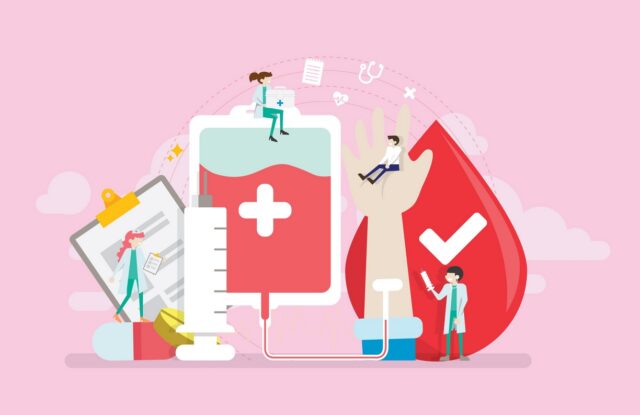
Microorganisms that cause disease are called pathogens. Bloodborne pathogens are viruses or microbes that can infect and sicken people because they are in human blood and bodily fluids.
There are many different ways that bloodborne infections may spread. Therefore it’s crucial to understand the dangers of the disease. That is why the Bloodborne Pathogens Course is offered to educate individuals considered high-risk.
The Major Trio
Healthcare professionals are susceptible to several different bloodborne illnesses, including syphilis, malaria, brucellosis, and—most commonly human immunodeficiency virus, hepatitis B virus, and hepatitis C virus. The Bloodborne Pathogens Course will teach you more about this topic, and this article will discuss the three primary diseases caused by bloodborne pathogens.
If you come into contact with a needle or other sharp instrument that has come into contact with the blood or body fluids of someone with one of these illnesses, you might get infected with HBV, HCV, or HIV.
It can also be transmitted through sexual contact, from mothers to babies before or at birth, and through mucous membranes (open wounds) when in contact with infected blood or bloody body fluids. Your body’s mucous membranes, which may be found in your mouth, nose, and eyes, are its most moist organs.
If you have any doubts about how dangerous exposure to bloodborne pathogens is, keep reading to see how deadly these infections are.
Human Immunodeficiency Virus
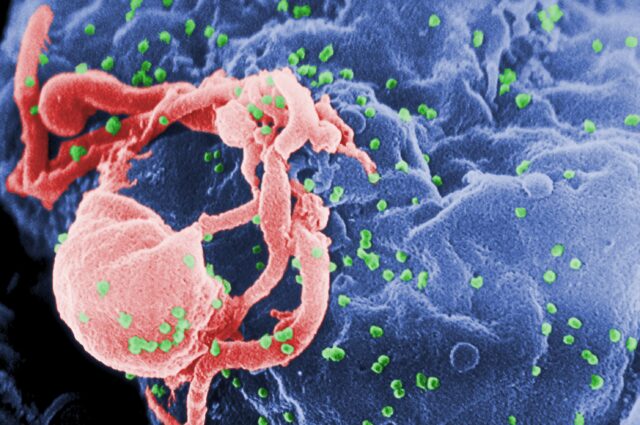
The human immunodeficiency virus (HIV) weakens the body’s immune system to the point that it cannot defend against infection. We know how our immune system protects us and that maintaining our health is essential. Therefore, we must seriously consider that HIV can be passed to us if we are careless.
Once immunocompromised, a person may experience flu-like symptoms, chronically low fever, excessive sweating, and weight loss. Moreover, the person is more prone to digestive problems, fungal infections, and pneumonia. We will learn more about potential signs and symptoms of disease in the Bloodborne Pathogens Course.
Hepatitis B Virus
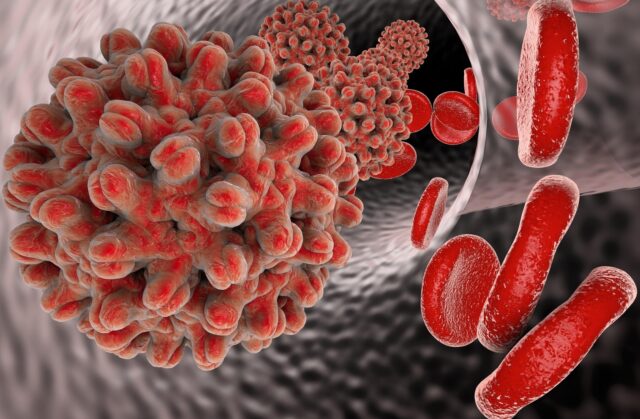
The HBV virus causes a relatively serious liver illness known as hepatitis B. (Hepatitis B). Unprotected intercourse, sharing syringes or needles, and other drug injection tools are all ways it may spread. At birth, transmission can also occur from the mother to the baby.
Hepatitis B infections often go away independently in less than six months, but regrettably, they can occasionally become chronic. As the disorder is incurable, it can lead to particular significant, sometimes fatal medical conditions such as cirrhosis, liver failure, and liver cancer.
Hepatitis C Virus
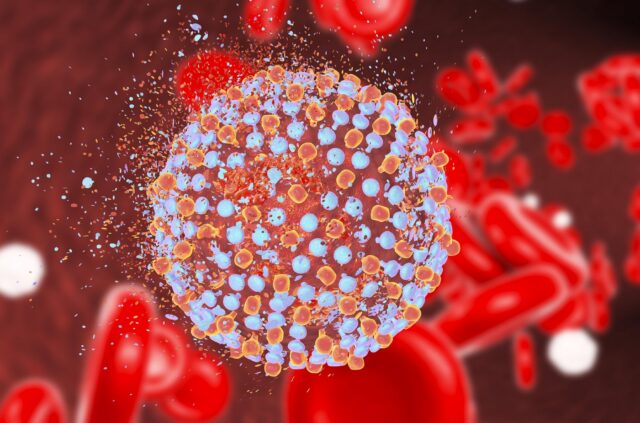
The deadly hepatitis C virus can seriously harm the liver; a mild infection may have no symptoms. Hepatitis C virus (HCV) infected individuals can continue for decades without developing any symptoms, and when they do, it is typically an indication of an advanced liver infection.
Whether you’re administering first aid to someone, touching blood samples in the lab, or cleaning up blood from a corridor, it’s crucial to understand how exposure and infection are most likely to happen in your specific situation. So here are some tips to prevent bloodborne pathogen exposure.
Preventing Bloodborne Pathogen Transmission
You must understand the risks posed by bloodborne infections and the measures you may take to guard against exposure. The Bloodborne Pathogens Course also covers detailed preventive measures against unwanted transmissions. In this text, we will highlight three preventive measures that are indeed helpful, especially for high-risk individuals.
Three Primary Defenses
Here are the three primary defenses against the major trio: HIV, HBV, and HCV.
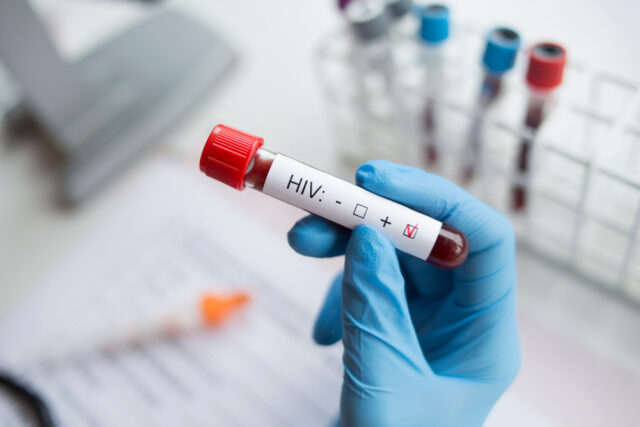
1. The Right Notion
Your mindset plays a significant role in defending yourself. Having the appropriate attitude entails using the Standard Precautions, also known as Universal Precautions. The Standard Precautions will be reviewed in the Bloodborne Pathogens Course.
As a result, you must consider all human blood and bodily fluids as potentially infectious. Following the “Universal Precautions” is one of the best strategies to protect oneself against exposure.
2. The Right Use and Disposal of Protective Equipment
Personal protective equipment (PPE) is any gear and tools that a person uses while engaging in activities that might expose them to bloodborne diseases. Personal protective equipment includes gloves, gowns, face shields, goggles, and pocket masks.
Latex gloves and gowns protect your hands and skin from contact with blood. Using a face shield and eye protection stops blood from penetrating the mucous membranes through the mouth, nose, or eyes. Several devices used during mouth-to-mouth resuscitation or CPR are called pocket masks.
Always wear PPE when there is a chance of exposure. PPE that has been torn, damaged, or otherwise isn’t protecting against infectious materials should be replaced. Before leaving the workstation, it must be taken off and well-disposed in the appropriate biohazard trash container.
3. The Right Housekeeping
The term “housekeeping” describes procedures for sanitizing and disinfecting contaminated surfaces and removing bodily fluids and blood.
An appropriate disinfection mixture, such as one part peroxide to ten parts water, must be used during every decontamination process. More practical information and hands-on experience will be in the Bloodborne Pathogens Course.

Frequently Asked Questions:
1. What is the most common exposure to bloodborne pathogens?
Bloodborne pathogens are commonly transmitted through accidental piercing caused by sharp objects like glass shards or infected needles, contact between diseased bodily fluids and skin that has been injured or broken, contact between infected body fluids and mucous membranes, and sexual contact.
2. What is the first thing you do if you are exposed to a bloodborne pathogen?
Completely sanitize wounds, exposed skin, and injuries from needle sticks with soap and water. Rinse the area with fresh water if you have accidentally spilled potentially contagious liquids near your eyes, nose, or mouth. Alert the appropriate emergency services right away.
3. How to prevent Bloodborne Pathogens Exposure?
When providing treatment, always use disposable gloves, especially if you could come in touch with blood or other fluids. If blood or other bodily fluids spill, also wear safety gear such as a mask, protective goggles, and a gown.
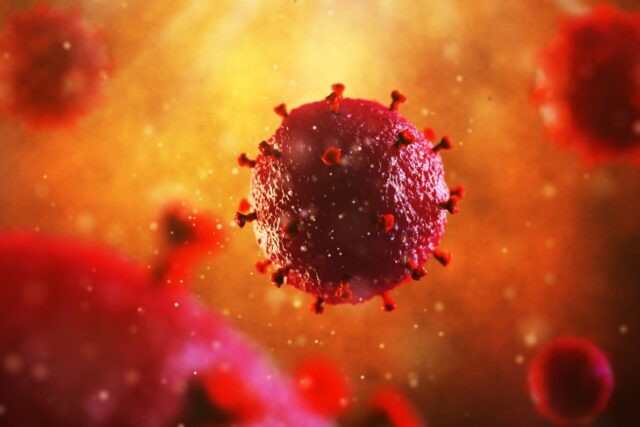
The Bottom Line
People can get bloodborne infections in many different ways. But, these three endpoint illnesses—HIV, HBV, and HCV—are the ones that may actually alter a person’s life. To stop this from happening, severe measures need to be taken.
Maintaining the right mindset, adhering to the standard or universal precautions, wearing and properly discarding PPE, and using the necessary disinfection will prevent exposure to bloodborne pathogens.









